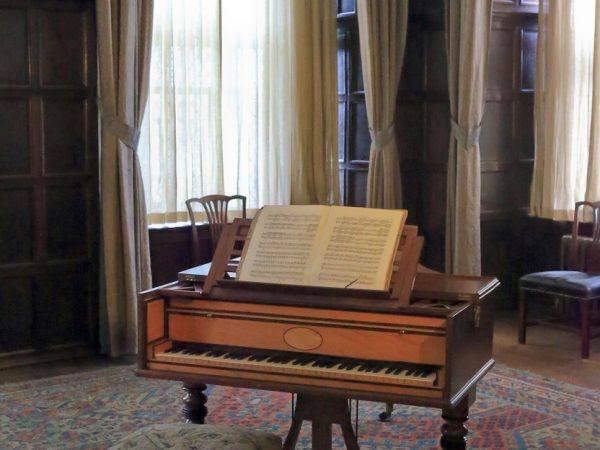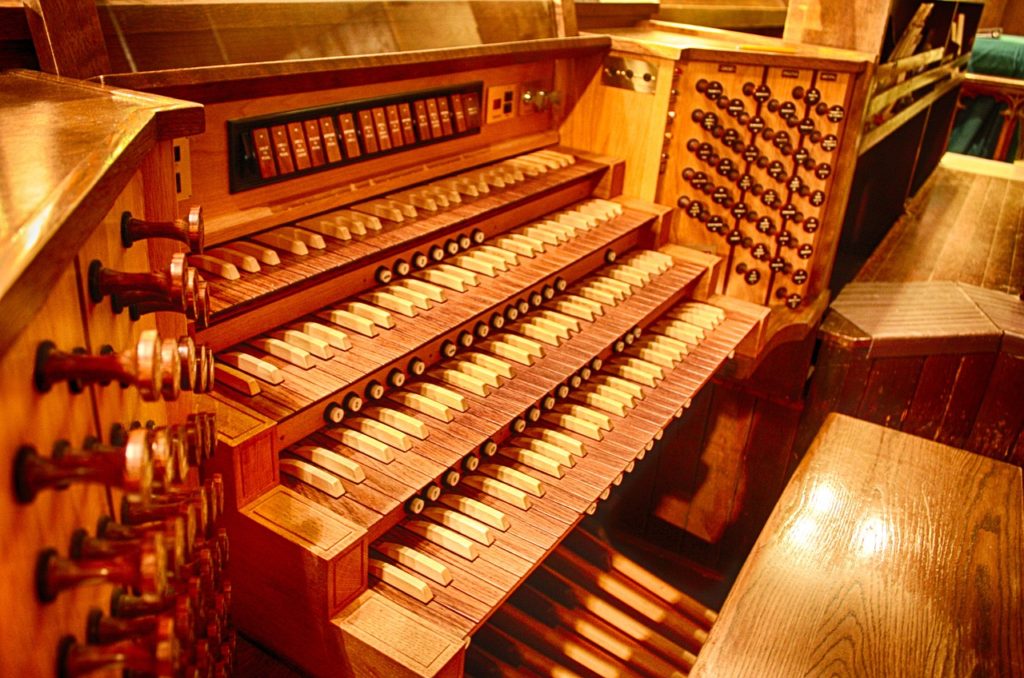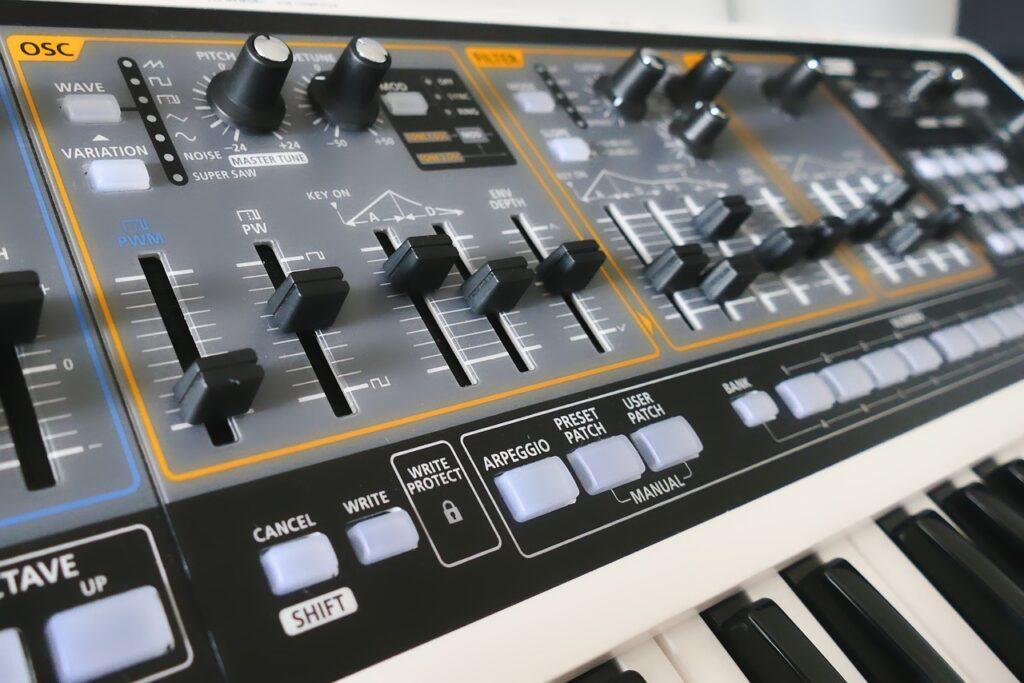Estimated reading time 2 minutes
Table of Contents
Meantone Tuning (Simple Instructions) #1: Playing Mozart
Do you need simple instructions for tuning a keyboard to meantone temperament? Meantone tuning is a temperament from Mozart’s time. It allows you to have an authentic sound when playing music from the classical period. Keep reading Meantone Tuning (Simple Instructions) to learn how to get this sound.
This article uses musical terms. For definitions, see the Glossary at the end of the post.

Meantone Tuning (Simple Instructions) #2: What is Meantone Temperament?
How do we define meantone tuning? Ross Duffin states:
…. regular temperaments include quarter-comma, fifths-comma, sixth-comma (and so on), meantone temperaments, in which all the fifths but one are tempered by the same amount… (How Equal Temperament Ruined Harmony 39)
This means that all the fifths in quarter comma meantone tuning are tuned to 697 cents, except for the wolf interval between C# 76 and Ab 814 (814 – 76 = 738 cents).
Why did they choose the name meantone temperament? Duffin explains:
They are called meantone because the whole tone is exactly one half the size (that is, the “mean”) of the major third. (How Equal Temperament Ruined Harmony 39)
In other words, D 193 is half of E 386 (see the chart below).

Meantone Tuning (Simple Instructions) #3: Introducing Quarter Comma Meantone Temperament
Mobile users: for best results reading the keyboard example, tilt your screen 90o to the right.

To play using quarter comma meantone temperament, you’ll need a microtonal keyboard:
- If your keyboard has global tuning, tune each key to the cent values from the keyboard chart above.
- The cent values have been rounded to the nearest cent to allow keyboards with a 1 cent tuning resolution to use the temperament.
- This chart centers on the key of C major. However, it can also modulate to G major; D major; and C natural, harmonic, and melodic minor.
Unlike the well temperaments, meantone temperaments aren’t circular, meaning that only some of the keys will work.
- The sharp and flat labeling gives you a clue where the problems occur, which explains why we won’t use enharmonic equivalents.
- The major thirds can be very much in tune harmonically: C&E, F&A, G&B, D&F#, A&C#, Eb&G, Ab&C, and Bb&D.
- Or they’re entirely out of tune: E&Ab, F#&Bb, C#&F, and B&Eb.
- The minor thirds can be fairly in tune harmonically: C&Eb, D&F, E&G, F&Ab, G&Bb, A&C, B&D, C#&E, and F#&A.
- Or they’re entirely out of tune: Eb&F# and Ab&B.
- All the fifths are fairly in tune harmonically until you come to the wolf interval between C#&Ab.
- Melodically, the leading tone (B) is very low.
As you play, listen to which combinations of notes work and which don’t.
Back in the 1700s, keyboardists (harpsichord and piano) would tune their own instruments.
- Since meantone tuning limits what major and minor keys can be played, keyboardists tuned the keyboard to the key of the musical composition.
- This explains why you get music with titles like Minuet in C, Sonata in D, etc.
- It’s because the performer had to know the key of the piece in order to get the keyboard properly tuned.
Meantone Tuning (Simple Instructions) #4: Final Thoughts
Here’s a summary of Meantone Tuning (Simple Instructions):
- Quarter comma meantone temperament has many major thirds, minor thirds, and perfect fifths that sound good, but not all of them.
- This limits the number of keys you can play in.
- Despite this, meantone tuning will allow you to have an authentic sound when playing historical keyboard music.
Have fun playing!
Related Posts
- How to Micro Tune the Keyboard to make the Chords Sound Awesome
- How Chords in Supplemented Equal Temperament Work
- How to Change Keys in Supplemented Equal Temperament
- How Supplemented Equal Temperament Minor Keys Work
- Intonation and Supplemented Equal Temperament
© 2024 Geoffrey Keith
Join me for in-person or online lessons today!
Glossary
Flexibility in Supplemented Equal Temperament’s Theory
Can Supplemented Equal Temperament help you coordinate your guitar and synth tunings so they sound good? A wide range of Supplemented Equal Temperament (SET) charts and preexisting EDOs (equal-division-of-the-octave tunings) can fit under the umbrella of SET. This gives you a lot of control over how you tune your guitars, ukuleles, banjos, and synths. This in turn will allow your whole ensemble to sound better in tune. Read more to learn about the flexibility in Supplemented Equal Temperament’s theory. Estimated reading time 5 minutes.
Read MorePowerful Popular MIDI (Musical Instrument Digital Interface)
Have you heard about MIDI and need to know what it is? Do you want to know how it can help you create music? MIDI is short for Musical Instrument Digital Interface. It’s an industry-wide open-source keyboard design protocol proposed by Sequential Circuits in the 1980s, and it’s still relevant today. Keep reading “Powerful Popular MIDI (Musical Instrument Digital Interface)” to find out what it is, and what it can do for you. Estimated reading time 2 minutes.
Read MoreA How to Guide for Incredibly Cool Guitar Distortion
Have you ever wondered how professional guitarists get their sound? Do you want a how to guide for getting hot guitar distortion? More goes into amazing distortion than just what stomp box you buy. Keep reading “A How to Guide for Incredibly Cool Guitar Distortion” to learn the factors that will help you get the most out of your rig. Estimated reading time 5 minutes.
Read MoreWhy Am I So Bad at Reading Sheet Music?
“Why am I so bad at reading sheet music? How can I learn to read better?” At least part of the problem rests with the music notation itself. Don’t worry, I can help you read music! Click to learn why you struggle with reading sheet music and what you can do about it. Estimated reading time 2 minutes.
Read More




